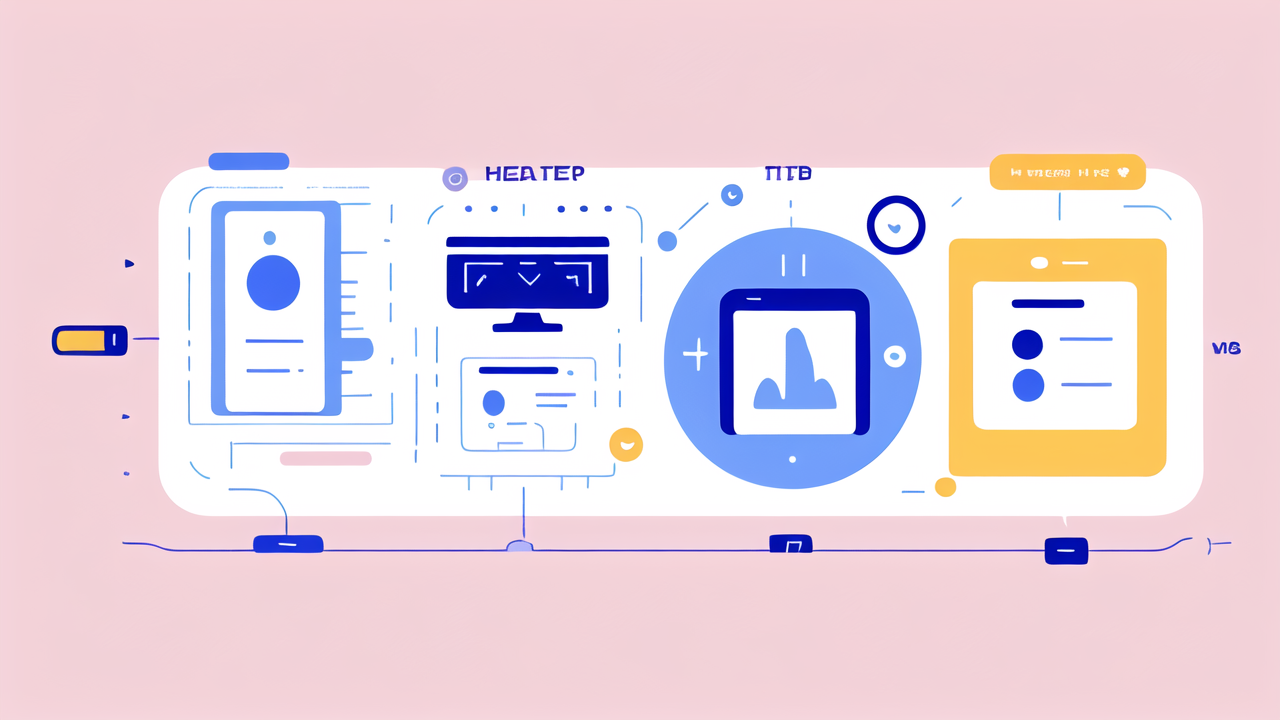Introduction to Fila and Smart Watch Health Monitoring
Understanding the Importance of Health Monitoring
Health monitoring has become a crucial part of our daily lives. It helps us track our fitness, detect health issues early, and make informed decisions about our well-being. With the rise of wearable technology, we now have access to real-time data about our bodies. This information can motivate us to lead healthier lifestyles and reach our fitness goals. Health monitors also provide valuable insights for healthcare professionals, allowing for more personalized treatment plans. By keeping tabs on vital signs and activity levels, these devices empower users to take control of their health proactively.

The Evolution of Health Monitoring Technologies
Health monitoring technology has come a long way. It started with simple pedometers and heart rate monitors. Now, we have sophisticated devices that can track a wide range of metrics. Early fitness trackers focused mainly on step counting and basic activity tracking. As technology advanced, smart watches entered the market. They offered more features and integration with smartphones. Today, we have specialized devices like Fila body measurement trackers. These combine advanced sensors with smart algorithms to provide detailed health insights. The evolution continues with ongoing improvements in accuracy, battery life, and data analysis.
Analyzing Fila and Smart Watch Features
Advanced Metrics: Fila vs. Smart Watch
Fila body measurement trackers excel in providing detailed body composition data. They often use bioelectrical impedance analysis to measure:

- Body fat percentage
- Muscle mass
- Bone density
- Water content
Smart watches, on the other hand, focus on a broader range of fitness metrics such as:
- Heart rate monitoring
- Step counting
- Sleep tracking
- GPS for route tracking
While smart watches offer continuous monitoring throughout the day, Fila devices provide more in-depth body analysis. Smart watches are better for tracking daily activities and workouts. Fila trackers are ideal for those looking for detailed body composition data. Both have their strengths, catering to different health monitoring needs.
Integration and Connectivity: Fila vs. Smart Watch
Smart watches shine when it comes to integration and connectivity. They seamlessly sync with smartphones, allowing users to:
- Receive notifications
- Control music playback
- Make payments
- Access apps
Many smart watches also integrate with popular fitness platforms. This makes it easy to share data and set goals. Fila devices typically have more limited connectivity options. They often rely on proprietary apps for data syncing and analysis. However, Fila trackers may offer more specialized health insights within their ecosystem. Smart watches provide a more connected experience, while Fila focuses on depth of health data.
User-Friendly Interfaces: Fila vs. Smart Watch
Smart watches generally offer more intuitive interfaces. They feature touchscreens and customizable watch faces. Users can easily navigate through various apps and features. Many smart watches allow for voice commands, making interaction hands-free. Fila devices often have simpler interfaces, focusing on presenting body measurement data. They may use LED displays or sync with smartphone apps for data visualization. Smart watches provide a more versatile and interactive experience. Fila trackers prioritize simplicity and ease of use for body measurements. The choice depends on user preferences and the level of interaction desired.
Implementing Health Monitoring in the United States
Regulatory Compliance in the U.S. Market
Health monitoring devices in the U.S. must comply with FDA regulations. The level of regulation depends on the device's intended use and claims. Most fitness trackers and smart watches fall under general wellness products. These have less stringent requirements. Devices making specific medical claims need FDA clearance. This ensures their safety and effectiveness. Companies must also adhere to data privacy laws like HIPAA. This protects users' health information. As the market grows, regulators are adapting to new technologies. They aim to balance innovation with consumer safety.

Case Studies: Effective Use of Health Monitors in the U.S.
Several success stories highlight the impact of health monitoring devices in the U.S.:
- Corporate wellness programs: Many companies provide employees with fitness trackers. This has led to increased physical activity and lower healthcare costs.
- Remote patient monitoring: Healthcare providers use smart devices to track patients with chronic conditions. This has reduced hospital readmissions and improved patient outcomes.
- Clinical trials: Researchers use wearable devices to gather more accurate and continuous data. This has improved the efficiency and accuracy of medical studies.
- Personal health management: Individuals use health monitors to manage conditions like diabetes and hypertension. This has led to better health outcomes and reduced medical expenses.
These case studies demonstrate the diverse applications and benefits of health monitoring technology in the U.S.
The Future of Health Monitoring Devices in the United States
The future of health monitoring in the U.S. looks promising. We can expect to see:
- More advanced sensors for non-invasive health tracking
- Improved AI for personalized health insights and recommendations
- Better integration with healthcare systems for seamless data sharing
- Increased focus on mental health monitoring
- Development of specialized devices for specific health conditions
As technology advances, health monitors will become more accurate and comprehensive. They will play a bigger role in preventive healthcare and personalized medicine. The U.S. market will likely see a mix of general-purpose devices like smart watches and specialized trackers like Fila. This will cater to diverse consumer needs and health goals. The key will be balancing innovation with privacy and regulatory compliance.




Leave a comment
This site is protected by hCaptcha and the hCaptcha Privacy Policy and Terms of Service apply.